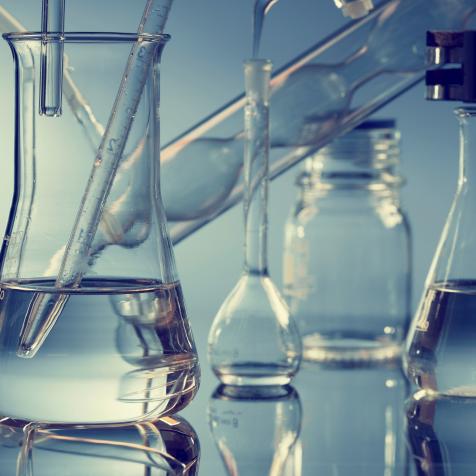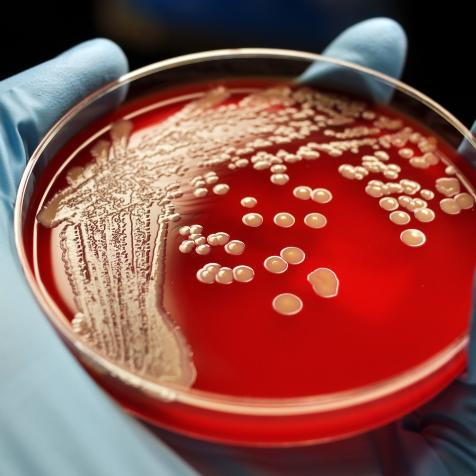
Nummenmaa Lab
Scientists Have Mapped Where People Feel Emotions in Their Bodies
It turns out that most of us feel our emotions in similar places.
Feelings are a funny thing. Love and heartache both happen inside your head, but they're felt in very different places. On the flipside, excitement and fear are two very different emotions, but they feel nearly identical. To make things even more complicated, feelings are subjective — it's hard to know if other people feel things the same way you do. That's why this new study from a team of Finnish researchers is so fascinating: They've mapped emotions to where most people feel them in their own bodies. It turns out that most of us feel our emotions in similar places.

Getty Images/Cappan
Head and Shoulders, Heart and Hands
Neuroscientist Lauri Nummenmaa of the University of Turku in Finland and a team of three other Finnish researchers have been working on this question since at least 2014 when they published a smaller body map showing where 14 "basic" and "nonbasic" emotions ("happiness" vs. "pride," for example) were felt in the body. (They also made another map in 2015 of the places people let others touch depending on their relationship, which turned out to be remarkably consistent across cultures.) But for this new study, they pulled out all the stops to map a whopping 100 different feelings. Those feelings fell into seven categories: cognition, like thinking and reasoning; sensation and perception, like seeing and hearing; homeostatic states, meaning bodily functions like hunger and thirst; physiological processes, like sleeping and breathing; feelings associated with illnesses, like coughing and fever; and feelings associated with psychiatric disorders, like depression and anxiety.
The team recruited more than 1,000 participants over three experiments. In the first, they had people rate how much they experience each feeling in their body vs. in their mind, how good each one feels, and how much they can control it. In the second, participants had to sort these feelings by similarity (you can try it yourself!) — for example, you might place guilt and stress next to each other, but far away from love and pride. The results of that experiment ended up sorting the emotions in five clusters: positive feelings, negative feelings, cognitive processes, somatic (or bodily) states and illnesses, and homeostatic states (bodily functions).
In the final experiment, participants were given one feeling at a time, along with a blank outline of a human body, and were asked to color the place in the body where they felt the feeling. Next, they pooled this data to create 100 "bodily sensation maps" to show where in the body these feelings were felt.
Body and Mind
Some of the locations were unsurprising: hunger was felt in the stomach, thirst in the throat, reasoning and recollection in the head. But others were more surprising, even if they made sense intuitively. The positive emotions of gratefulness and togetherness and the negative emotions of guilt and despair all looked remarkably similar, with feelings mapped primarily in the heart, followed by the head and stomach. Mania and exhaustion, another two opposing emotions, were both felt all over the body. "Self-regulation," which you might not expect to be associated with a sensation, was felt in the head and hands — perhaps because controlling your impulses often comes down to controlling what your hands do.
Still, even when some feelings appeared similar, each one was unique when it came to precisely where and how intensely they happened. And maybe most importantly, even those feelings you think are all in your head still create sensations in the rest of your body. As co-author Riitta Hari put it, "We have obtained solid evidence that shows the body is involved in all types of cognitive and emotional functions. In other words, the human mind is strongly embodied."
This article first appeared on Curiosity.com.


















